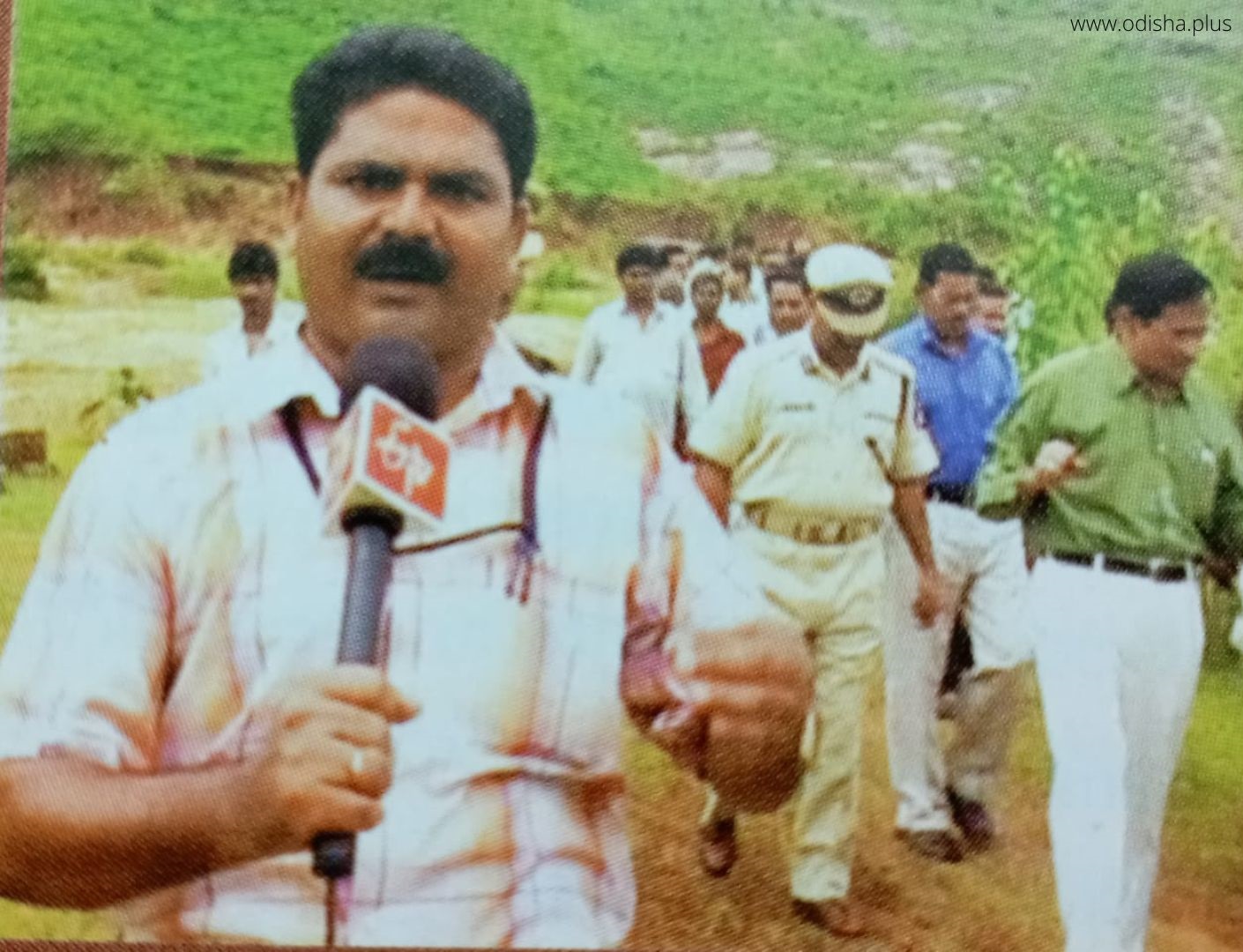Dr. Fakira Mohan Nahak
THE TELEVISION NEWS INDUSTRY IN ODISHA HAS GONE THROUGH A PROGRESSIVE JOURNEY IN THE PAST TWO DECADES. IN THIS SERIES DR. FAKIRA MOHAN NAHAK PRESENTS THE MEDIA HISTORY BLENDED WITH HIS CLOSE OBSERVATION ON THE FAST-CHANGING INDUSTRY.
During Devi Paksha, when the whole country celebrates Navratri, all the girls in the world look like goddesses. As part of our belief or tradition, we worship young girls on the day of Mahastami and Mahanabami. We wash their feet, put on new clothes, adorn them as beautiful as the goddess, place them in adorned seats and worship them with utmost devotion. But ironically we are the same people who don’t hesitate to force our wife, sister or cousin to abort the female foetus.

Even though we know that doing sex determination test is legally prohibited and punishable during pregnancy, we do use a variety of methods to kill the female foetus. Before a girl comes out of her mother’s womb and sees the light of the world, we kill her.
Worshiping the girl as a goddess on the one hand and killing her on the other hand after learning that she is in her mother’s womb is the biggest paradox. We find handful of excuses in the form of different social problems like Dowry, violence against women, rampant adultery in society to substantiate the act of foeticide. Instead of alerting and sensitizing men to stop crime and violence against women, we prefer to go for the end of a girl child.
Over the past two decades, the sex ratio in the population of various states of the country has been declining unreasonably. The reason behind this decline is a big racket comprising of private hospitals, nursing homes, doctors, and unscrupulous health workers and the illegal and inhumane act of female foeticide. Before the girl child could come out of the mothers’ womb to see the light, the foetus was killed medically. Odisha was not far from this disease of sex selective abortion.
It was July 14, 2007. The remnants of five female embryos were found in the foothills of the hillsides in the suburbs of Nayagarh town. It was initially speculated that some hospital may have aborted the foetus illegally and dumped there. The news was first collected by Nishikant Rath, the then Nayagarh representative of ETV, and sent to the news desk.

The news went on air in the 7pm Amari Odisha Bulletin. While ETV had the visual of the whole incident, other channels could manage to cover the story with only few still photographs. After the telecast, people began to express their displeasure.
In view of the seriousness of the incident, ETV correspondent Nishikant Rath started doing a thorough investigation. The goal was to trace the root of the illegal racket. The investigation revealed that there was an abandoned cement tank on the outskirts of Nayagarh. It is being used by a private hospital to manage its biomedical waste. After illegal abortions of various women and girls, all the embryos and their remnants were dumped there. Such an immoral act has been going on for a long time in the town.
Nishikant informed the Superintendent of Police, Nayagarh without delay. Upon receiving the information, the SP ordered the local police to immediately demolish the abandoned tank. Hundreds of abandoned embryos and the remains of various unborn babies were found inside the tank. Not only Nayagarh, the entire state was stunned when such an investigative report was aired on ETV.
Following a series of coverage in ETV regarding the incident, it gradually caught the attention of the national and international media. They started covering the news. As a result, the state government handed over the responsibility of investigating the incident to the Crime Branch. The crime branch raided several locations and arrested seven people. Two doctors got absconded in fear. All private nursing homes and ultrasound clinics in the city were sealed off by the health department. The health department also ordered local police to raid several nursing homes.
The then Chief Secretary and the Secretary of Health arrived at the scene and inspected the situation. In addition, representatives of various government and non-government organizations, including a team from the National Commission for Women lined up in Nayagarh at the time.
Broadcasting the news on ETV had a huge impact on everyone. However, this was not limited to the geographical boundaries of Odisha. When the news was covered in other channels of the network, people across the country condemned the incident and demanded that the law be made more effective to tackle the growing cases of female foeticide.
The story was awarded as the best story of the month across the ETV Network and the whole team of ETV Oriya was congratulated and appreciated. The story was able to deeply affect the administration, the general public and created an awareness to cease the growing incidence of female foeticide.
(The author is a former media practitioner and currently engaged as the Head of the Department,
University Institute of Media Studies, Chandigarh University, Mohali, Punjab, Views are Personal)
Tags: #femalefoeticide #ETVNetwork #AmariOdishaBulletin #NishikantRath #ViolenceAgainstWomen #SexDetermination



























